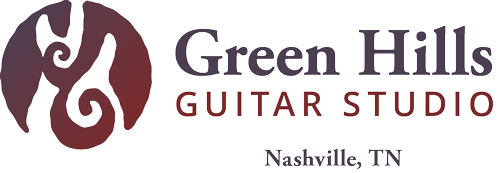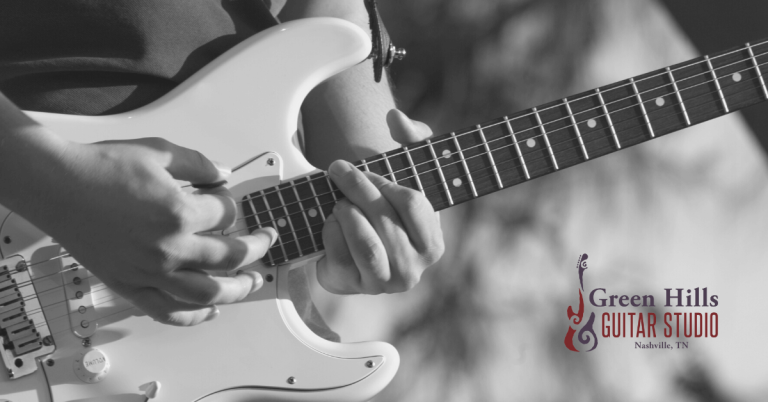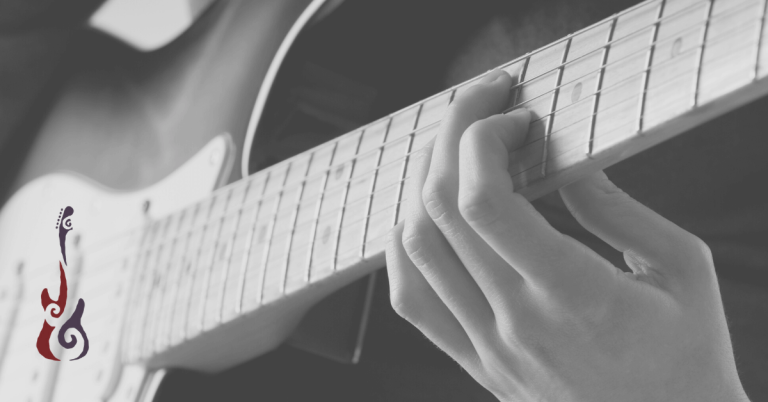Beyond Barre Chords: How Chord Inversions Deepen Your Blues
The blues isn’t just a genre—it’s a language. And like any language, fluency comes from understanding not just the words (chords, licks, and riffs) but how to arrange them for maximum expression. That’s where chord inversions come in.
For many beginner and intermediate guitarists, blues playing starts with basic barre chords and the pentatonic scale. But what if you could move beyond stock shapes and start creating music that feels fluid, dynamic, and—most importantly—cool? That’s what we’re diving into today.
What Are Chord Inversions?
A chord inversion is a reorganization of a chord’s notes so that something other than the root is in the bass. If that sounds technical, don’t worry—the practical application is what really matters.
Take an A7 chord, a staple of blues. In its standard form, A is in the bass. But if you flip the order so that C# or E becomes the lowest note, you create a new inversion—one that sounds smoother and more sophisticated. This kind of movement allows for more connected, voice-led transitions between chords, rather than the clunky jumps that can make beginner blues playing sound stiff.
Why Chord Inversions Matter in Blues
If you’ve ever listened to the masters—B.B. King, Freddie King, T-Bone Walker—you’ve heard inversions in action, even if you didn’t realize it. They add richness to rhythm playing, make turnarounds more interesting, and give solos a harmonic framework that feels intentional rather than random.
The typical twelve-bar blues progression follows a predictable pattern. That’s part of its charm. But within that structure, inversions allow you to create variety, smooth transitions, and deeper harmonic movement.
Consider this classic blues progression in A:
- A7 (I)
- D7 (IV)
- A7 (I)
- E7 (V)
Using standard barre chords or open shapes can sound rigid. But by incorporating inversions—playing an A7 with C# in the bass, a D7 with F# leading into the next chord—you create a sense of movement. Instead of jumping, your chords glide.
The Practical Side: How to Use Chord Inversions in Your Playing
1. Turn Your Rhythm Playing Into a Conversation
Blues rhythm isn’t just about strumming—it’s about phrasing. Inversions help because they introduce movement without needing excessive chord changes. Instead of playing the same A7 shape over and over, use an inversion to shift the bass note and create a call-and-response effect within your own playing.
2. Make Your Solos More Melodic
Great blues solos aren’t just scales—they’re built on harmonic knowledge. By targeting notes from chord inversions in your lead lines, you highlight the underlying harmony in a way that makes your playing sound intentional rather than meandering.
For example, if you’re soloing over an A7, you can target the C# from its first inversion or the E from its second. This creates a strong melodic connection between your solo and the rhythm section, making everything feel tighter.
3. Spice Up Your Turnarounds
Turnarounds are the exclamation points in blues music—the moments that set up the next go-round. Instead of sticking with a standard I-V-I cadence, try using inversions to walk your chords up or down chromatically. A classic move is to play an E7 in different inversions moving up the neck, building tension before resolving back to A7.
Connecting the Dots: Applying These Concepts in Real Songs
If you want to see inversions in action, listen to how blues legends handle chord movement.
- T-Bone Walker’s “Stormy Monday” is a great example—his voicings glide rather than jump, thanks to smart use of inversions.
- Freddie King’s “Hide Away” is another masterclass in blues phrasing. His rhythm guitar work shifts through various inversions, creating seamless transitions that add energy and groove.
- Robert Johnson’s “Love in Vain” showcases how subtle chord inversions can create a haunting, expressive feel in blues ballads.
- Eric Clapton’s “Before You Accuse Me” features his playing heavily incorporating chord inversions to add smoothness and dynamics to an otherwise simple progression.
- John Mayer’s “Gravity” also makes great use of shell voicings and inversions, allowing him to weave rhythm and lead seamlessly.
Whether it’s traditional or contemporary blues, the best players use inversions to keep their chord progressions from sounding stale. They provide a harmonic depth that makes a simple three-chord song sound rich and compelling.
Take Your Blues Playing Further with Cool Blues With Fun Inversions
Understanding chord inversions is just the start—the real magic happens when you use them creatively in your playing. That’s where Cool Blues With Fun Inversions comes in. This course bridges the gap between theory and practical application, helping you integrate inversions seamlessly into your blues rhythm and lead playing.
What You’ll Learn:
- Smoother voice leading: Apply inversions to common blues progressions for more fluid transitions.
- Dynamic rhythm playing: Use inversions to make your chords sound richer and more expressive.
- Stronger phrasing in solos: Target inversion-based notes to craft more compelling lead lines.
- Fretboard knowledge: Move confidently between inversions and expand your musical vocabulary.
If you’re tired of playing the same shapes and want to unlock new textures in your blues playing, this course gives you the tools to sound more polished and professional. Cool Blues With Fun Inversions is available for individual purchase or as part of the All Access Pass.
The Next Step: Bring It Into Your Own Playing
The best way to internalize these ideas is to practice them in context. That means applying inversions within a structured course where you’re not just learning theory but immediately applying it to your playing.
At Green Hills Guitar Studio, we also offer one-on-one guitar lessons in Nashville and online, helping players like you refine their blues vocabulary.
Whether you’re looking to tighten up your rhythm playing, add sophistication to your solos, or just make your blues playing sound more professional, chord inversions are a game-changer. Book a lesson today and start unlocking the full potential of chord inversions in your music.






